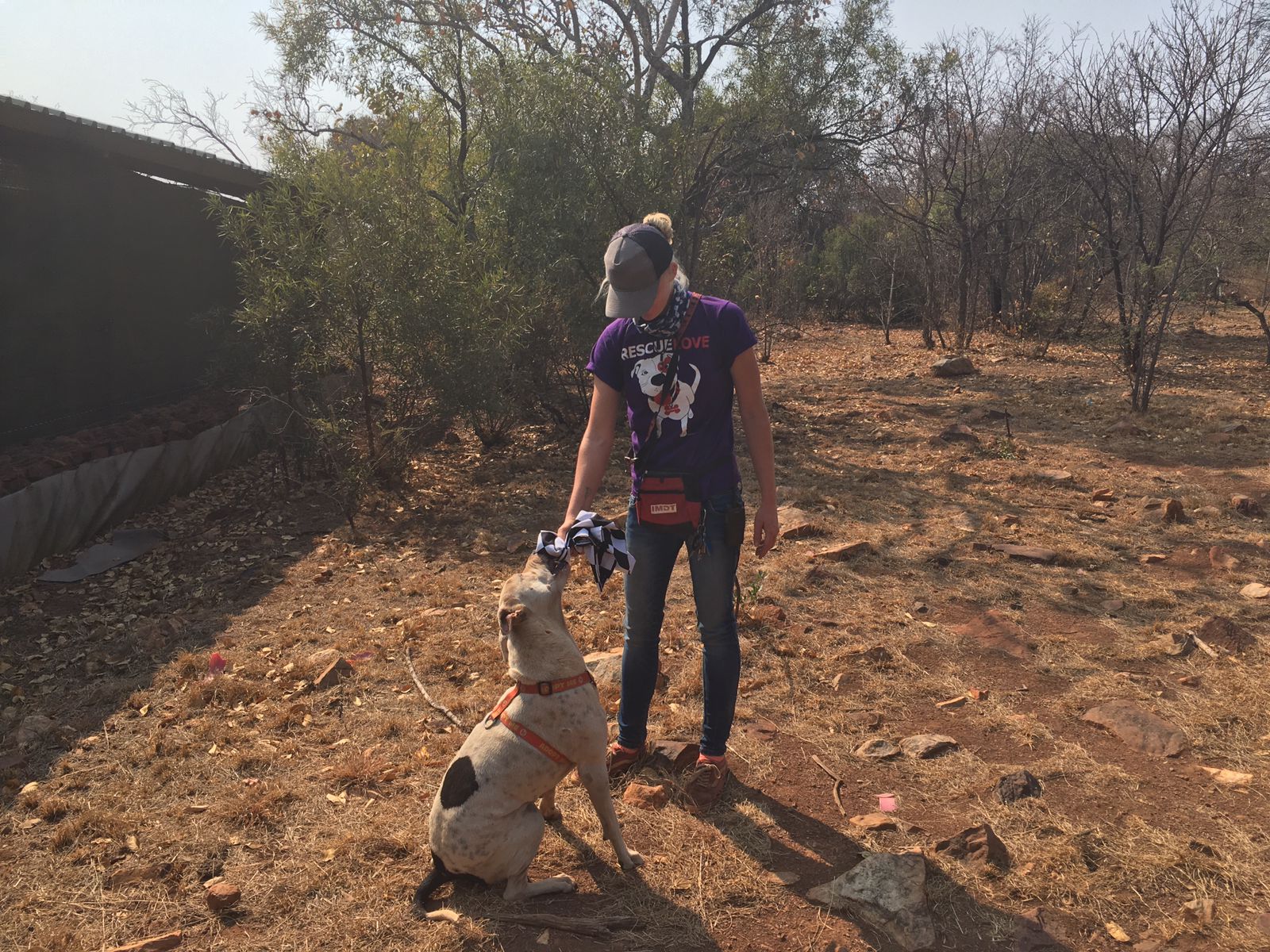
Why is training with treats important?
Understanding how dogs learn has come a long way over the past 60 or so years and training your dog using a reward-based or positive reinforcement approach is now widely recognised to be the best method to use, but does this mean giving treats as the reward.
This is a highly debatable question among both professional trainers and dog owners too. The answers vary depending on whom you ask with both positive and negative responses being presented. Positive reinforcement means rewarding the dog for displaying the desired behaviour, this reward could be a tasty treat, a favourite toy, verbal praise or anything else that the dog enjoys. Rewarding the dog positively makes him more likely to repeat that behaviour when requested to do so – a dog will repeat a behaviour he finds rewarding.
Using treats is commonly used during training because most dogs are food driven and will work well for that “positive reward”. However, there are many myths based on whether one should be using treats or not.
To better understand the concept let’s look at some of the myths around treat reward-based training.

Using a treat is bribing your dog
If you are doing reward reinforcement training correctly you are only rewarding the behaviour after it has taken place – you are capturing and rewarding that particular behaviour. If however, you are dangling a treat in front of the dog to try and lure him into performing a particular behaviour, then you are shaping that behaviour. Rewarding or capturing a wanted behaviour and luring or shaping behaviour are entirely different.
Your dog will learn to only work for treats
As mentioned previously you are using the treat as a reward. Once the dog has learnt the cue, e.g. sit, he will always sit in anticipation of receiving a reward. You can then randomly reward them with a treat, praise or a tug on their favourite toy which will further reinforce the wanted behaviour.

Treat training should only be used for tricks
Whether you are training your dog in general obedience – to walk at heel, sit, down, stay etc. – or training him to perform tricks like rolling over or replacing his toys in their basket, the training concept is still the same. The belief that a dog would respond better to reward-based training in one scenario and not the other is unjustified.
Dogs should work to please you and not for a reward
This misconception is often put forward by trainers and handlers who use aversive training methods. Using choke chains, pronged collars or electric collars, as exponents of this form of training advocate, inflicts pain and discomfort on the dog if he fails to obey them. Surely the dog is obeying out of fear rather than because he wishes to please you.

The idea that treats reward-based training entails you carrying a bag full of mixed treats around with you whenever you interact with the dog is untrue. If you use the treat rewards correctly to train your dog you will very quickly be able to dispense with them and still get a positive consistent response from your dog when needed.
Training your dog using treats to positively reinforce – (+R) – behaviour is a highly controversial subject among many trainers and behaviourists as well the general dog owner. One of the main reasons for this is a misunderstanding as to exactly what positive reinforcement training, or operand condition to using their the correct name, entails.

